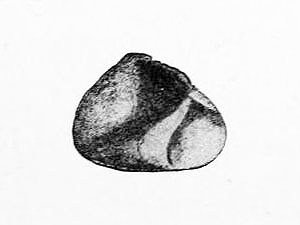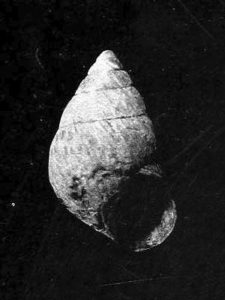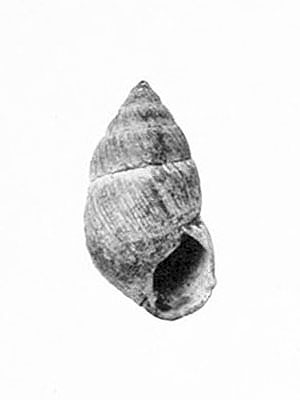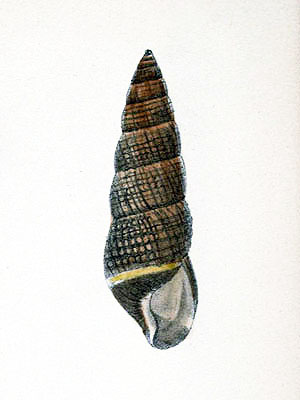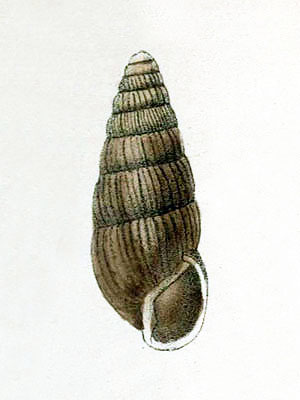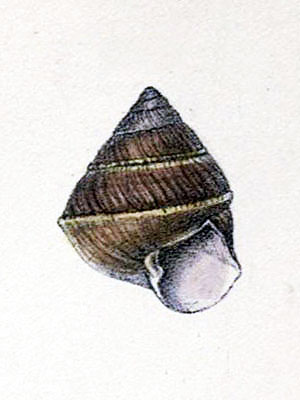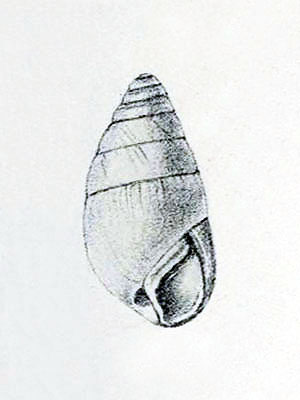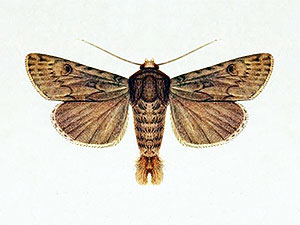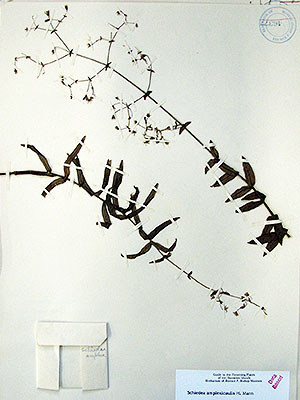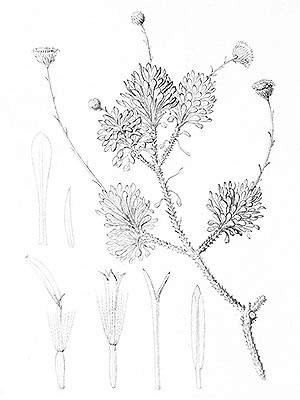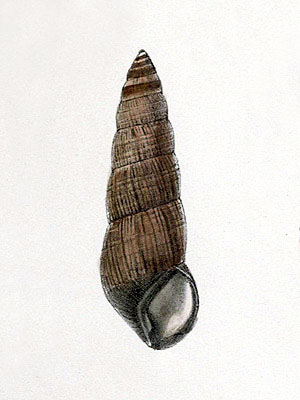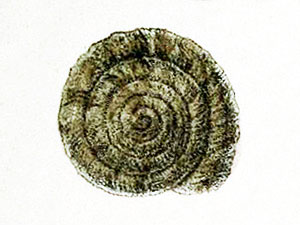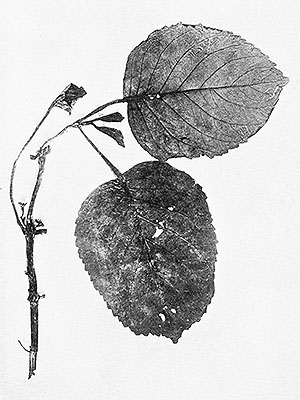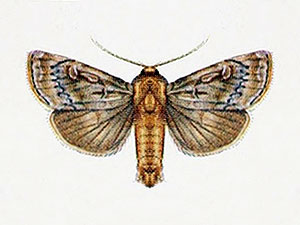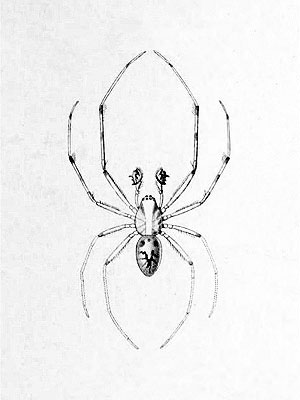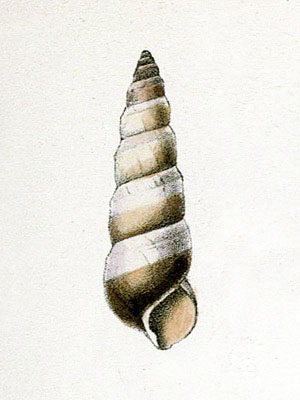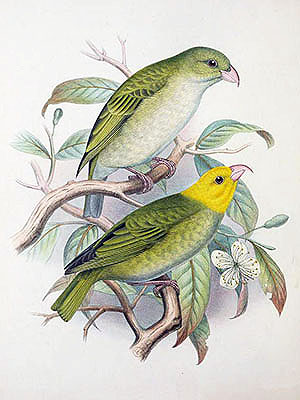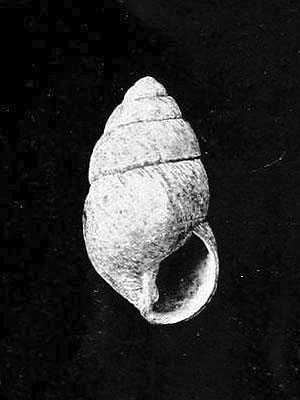Anthoni’s Amastra Snail (Amastra anthonii)
Anthoni’s Amastra Snail was described in 1888, it was endemic to the island of Kaua’i, Hawaiian Islands, however, the exact locality appears to be unknown.
… from the original description.:
“Shell conically ovate, solid, blackish-brown, longitudinally striate. Whorls 6, inflated, suture moderately impressed. Apex obtuse. Aperture obliquely ovate, subangulate below. Lip simple, thickened within. Columella short, straight, with a somewhat callous plication below the middle. White-banded below the suture, and of a dirty white in the umbilical region.” [1]
The shells reached sizes of about 1,6 to 1,8 cm in height.
***
syn. Achatinella anthonii Newcomb
*********************

(public domain)
*********************
References:
[1] George W. Tryon; Henry A. Pilsbry; a.o.: Manual of Conchology. Second series: Pulmonata. Vol 21: Achatinellidae (Amastrinae). 1911
*********************
edited: 06.10.2020




